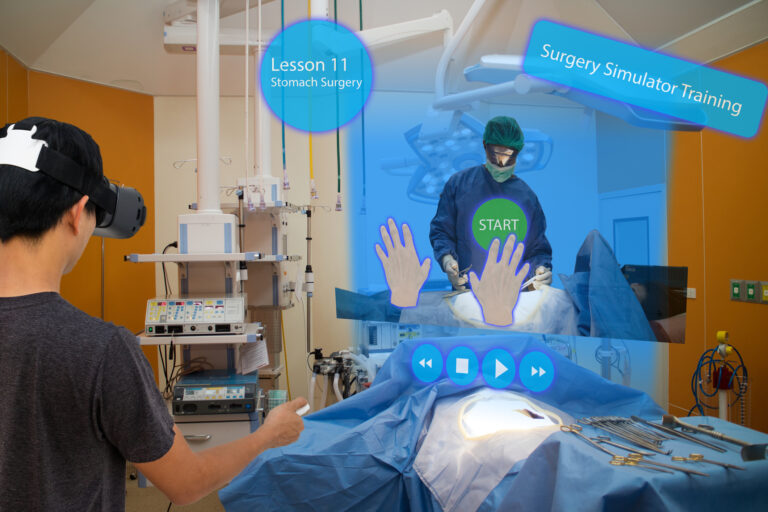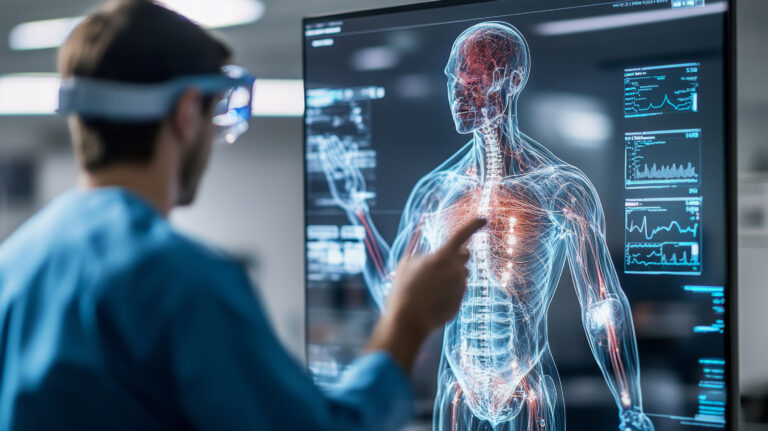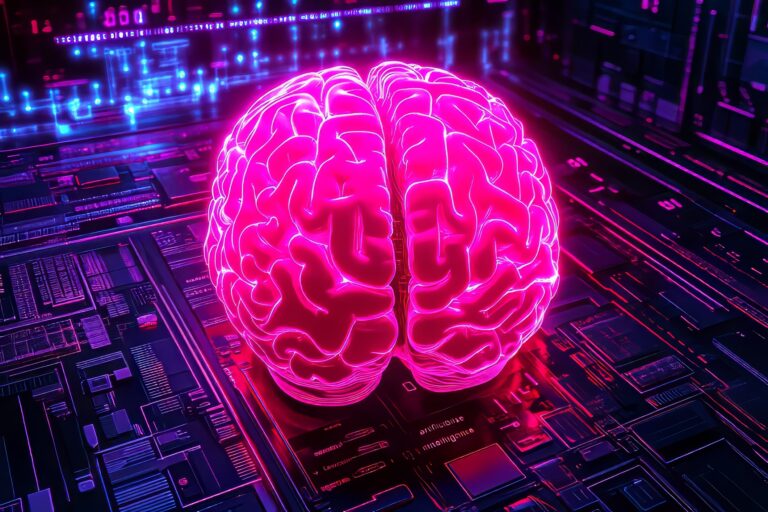Virtual Reality Imaging
Virtual Reality (VR) imaging has emerged as a transformative technology in the field of medicine, offering innovative solutions for patient care, medical training, and surgical planning. By creating immersive, three-dimensional environments, VR provides a unique platform for visualising complex medical data, enhancing the precision and effectiveness of medical procedures.
One of the primary applications of VR imaging in medicine is in surgical planning and training. Surgeons can use VR to simulate complex surgeries, allowing them to practice and refine their techniques in a risk-free environment. This improves surgical outcomes and reduces the learning curve for medical professionals. For instance, intricate procedures such as neurosurgery or cardiac surgery can be rehearsed multiple times, ensuring that surgeons are well-prepared before they operate on actual patients.
VR imaging is also revolutionising patient education and engagement. Patients can be shown detailed visualisations of their medical conditions, helping them better understand their diagnoses and treatment plans. This can alleviate anxiety and improve compliance with medical advice. For example, a patient with a brain tumour can be shown a 3D model of their brain, highlighting the tumour’s location and explaining the surgical procedure easily.
Another significant benefit of VR imaging is in the area of rehabilitation. VR-based therapies are being developed for patients recovering from strokes, brain injuries, and other neurological conditions. These therapies often involve engaging and interactive exercises that promote neuroplasticity and aid in the recovery of motor functions. The immersive nature of VR makes these rehabilitation sessions more engaging and effective compared to traditional methods.
Furthermore, VR imaging plays a crucial role in medical research. It allows researchers to visualise and interact with complex biological structures in previously impossible ways. This can lead to a better understanding of diseases and the development of new treatments. For instance, researchers can study the three-dimensional structure of proteins and their interactions within cells, leading to new insights into the mechanisms of diseases like cancer.
In conclusion, VR imaging is poised to profoundly impact medicine, offering new ways to improve surgical precision, patient education, rehabilitation, and research. As the technology continues to evolve, its integration into the healthcare system promises to enhance patient outcomes and revolutionise the way medical professionals approach their work.
You are here:
home » Virtual Reality Imaging







